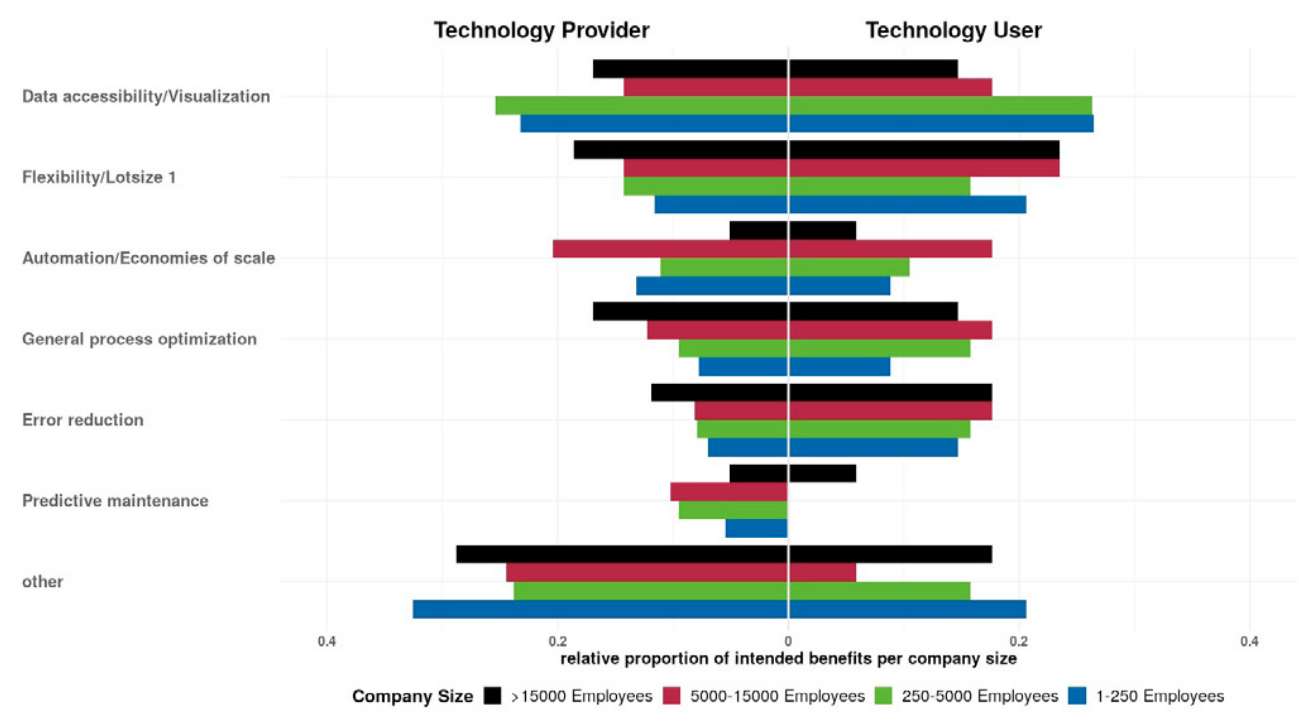2019

Manuel Zimmermann; Eugenia Rosca; Oliver Antons; Julia C. Bendul
Supply chain risks in times of Industry 4.0: Insights from German cases Proceedings Article
In: pp. 1755–1760, Elsevier, 2019.
Abstract | Links | BibTeX | Tags: Digitalization, Industry 4.0, Risk factors, Risk management, Technologies
@inproceedings{zimmermann2019supply,
title = {Supply chain risks in times of Industry 4.0: Insights from German cases},
author = {Manuel Zimmermann and Eugenia Rosca and Oliver Antons and Julia C. Bendul},
url = {https://www.sciencedirect.com/science/article/pii/S2405896319314363},
doi = {10.1016/j.ifacol.2019.11.455},
year = {2019},
date = {2019-01-01},
urldate = {2019-01-01},
journal = {IFAC-PapersOnLine},
volume = {52},
number = {13},
pages = {1755--1760},
publisher = {Elsevier},
abstract = {This study investigates the impact of Industry 4.0 technologies on supply chain risks and examines which factors moderate this relationship. Drawing on a database of 300 Industry 4.0 projects all around Germany, the study explores empirically how Industry 4.0 technologies are employed to address various sources of various risks within production and supply chains. In this context, not only relevant technologies, existing risk factors and intended benefits are explored, but also factors that affect the relationship between these elements. Therefore, this paper shed light on the question which technologies are suitable and applicable for which user groups in which situations.},
keywords = {Digitalization, Industry 4.0, Risk factors, Risk management, Technologies},
pubstate = {published},
tppubtype = {inproceedings}
}
This study investigates the impact of Industry 4.0 technologies on supply chain risks and examines which factors moderate this relationship. Drawing on a database of 300 Industry 4.0 projects all around Germany, the study explores empirically how Industry 4.0 technologies are employed to address various sources of various risks within production and supply chains. In this context, not only relevant technologies, existing risk factors and intended benefits are explored, but also factors that affect the relationship between these elements. Therefore, this paper shed light on the question which technologies are suitable and applicable for which user groups in which situations.